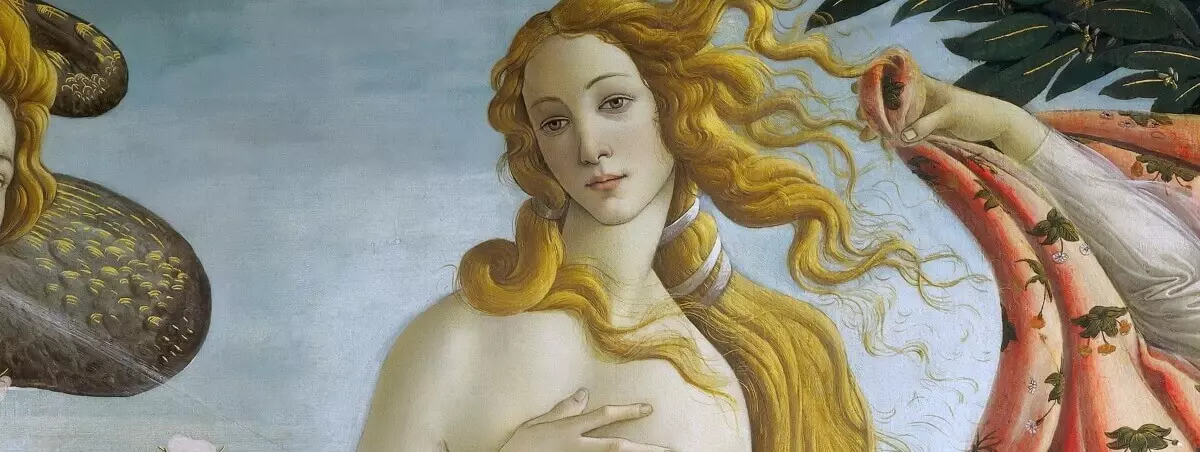
The painting "Birth of Venus" of the artist Sandro Botticelli is truly unique creation, which is not ceased to speak today. The Renaissance has become a real "golden age" in the history of art and, in particular, painting. This time left several creations that could be called masterpieces. This belongs to the famous painting "Birth of Venus" Sandro Botticelli.
This epoch was marked by the increased interest of the masters to the ancient plots, the decision to show her own vision of the heroes of myths and legends. The main heroine of the canvase is an unusual, mysterious and wonderful, the goddess of Love Venus. What is aware of the canvas, look at which thousands of lovers of painting arrive annually?
The history of creating a picture
The great creation of Botticelli, "Birth of Venus", today is located in the Gallery of the Uffusion, where every year they seek the "pilgrims" of art, numerous tourists and people, which cannot remain indifferent to painting. We must admit that the creation of the Italian artist really permeated with some kind of mystical attractiveness and sophistication.
Work on the "birth of Venus" Sandro Botticelli began in 1482, and on its creation, the painter took four years. The plot of the paintings was created by order - the masterpiece was intended for Lorenzo Medici, a relative of the ruler of Florence.
It is amazing, but at the end of the work on the web it was not exhibited, and the public did not see the creation about half a century. Probably, Botticelli himself could not imagine what the famous work will be. In the residence of Medici "Birth of Venus" was placed in the bedroom, and therefore even guests could not see a masterpiece.
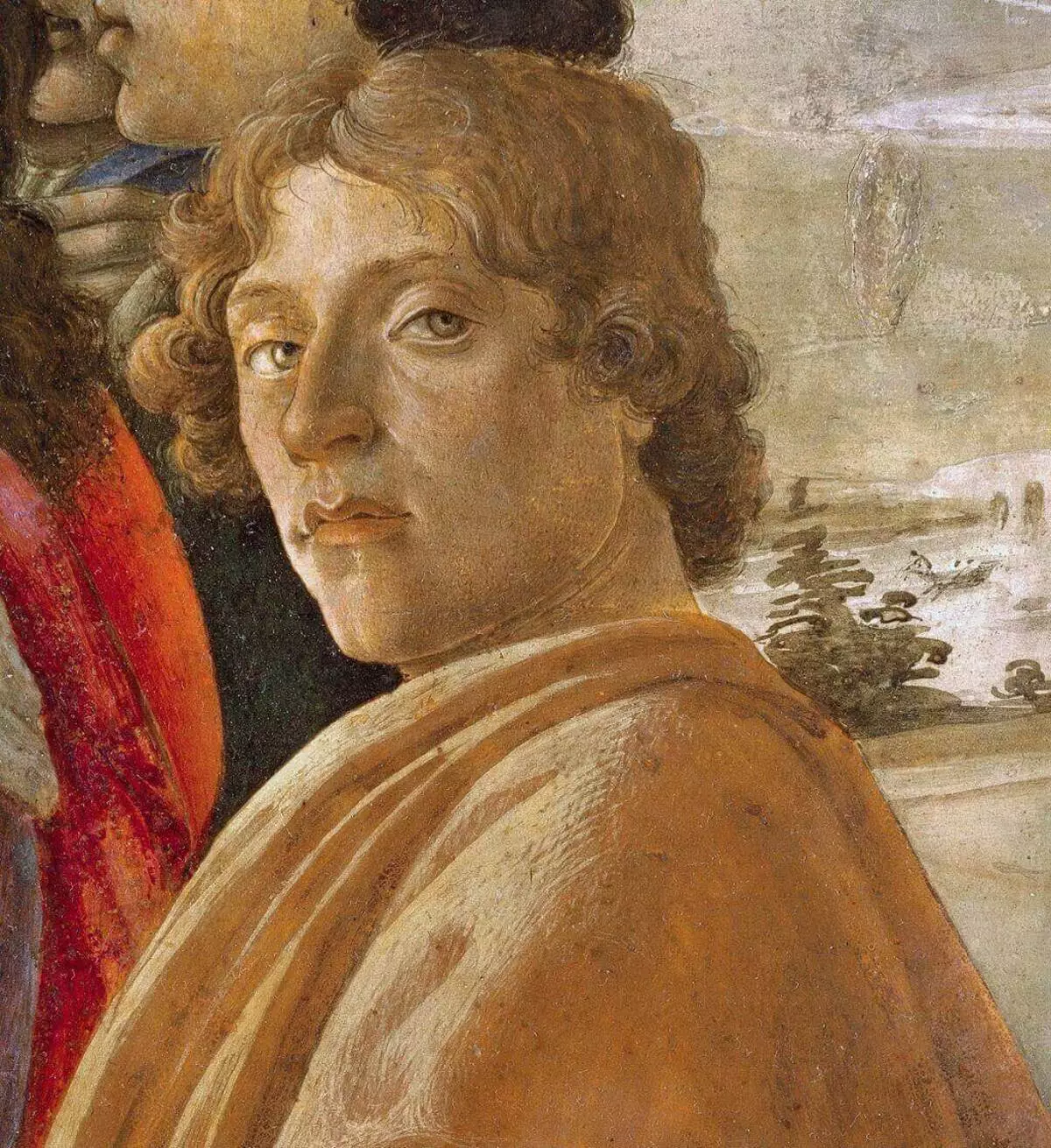
The main heroine "Birth of Venus"
Of course, in the center of the whole painting there is an image of an excellent woman. Not everyone knows that the image for his Venus Botticelli took from nature. Some researchers believe that to create a portrait of the goddess, the artist posed Simoneette Vespucci, a well-known Florentine beauty, whose hands have sought many noble men of the time. Juliano Medici was insanely in love with her, and Simonette herself infinitely admired artists.
Did her Botticelli loved her? Only he himself could answer this question, but precisely thanks to him the image of Simonetta remained captured by century. Unfortunately, beauty had a tragic fate. At the age of 23, the girl died from CHAGE. Despite this, after his death, she became the face of the Florentine Renaissance. The painter remembered all the features of Simonetta so brightly, which reproduced her image in several of his memory work.
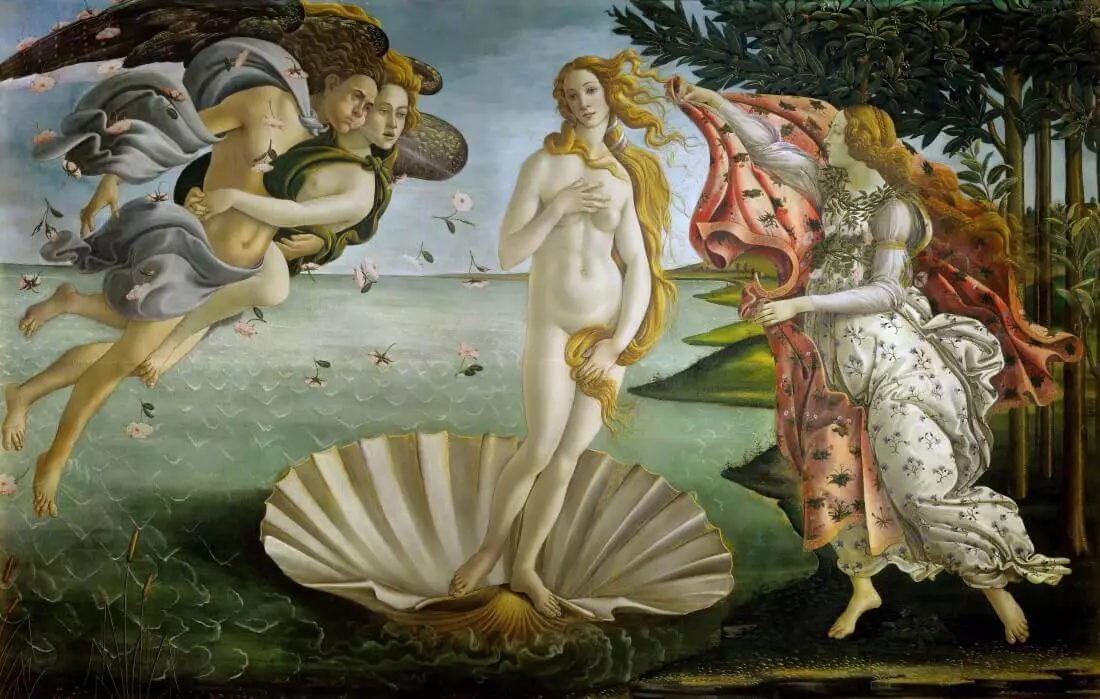
Sandro Botticelli wanted to show the unity and harmonious combination of material and spiritual, the merger of heaven and earthly. In the picture you can see allegorical images that were borrowed from the ancient Greek and ancient Roman legends. In the era of the Renaissance, many painters appealed to the plots of antiquity, and Botticelli achieved special skills in this.
Venus on the Botticelli canvas is an almost accurate reflection of the description of the goddess in the Greeks or Romans. In the ancient legends, it was told that the goddess was born of sea foam. She was distinguished by femininity and gentle beauty, was extremely attractive. The ancient myths say that Venus (the Greeks called her Aphrodite) were long golden hair. We are also visible on the canvas of the Great Artist.
Symbols and features of the image (picture description)
The image of the goddess in the picture "Birth of Venus" corresponds to all the canons of beauty. The main heroine of the canvas is distinguished by grace and grace. She slightly lifts his leg to take a step, stepping from his seashell to the ground. In this moment, the wind crepts its flowers.
In the curls of Venus as if sun rays were confused. Most of all amazes me the feeling of light and heat, which is literally passed from the masterpiece. There is a feeling that the whole world is rejoicing the appearance of the goddess, which brought with him love.
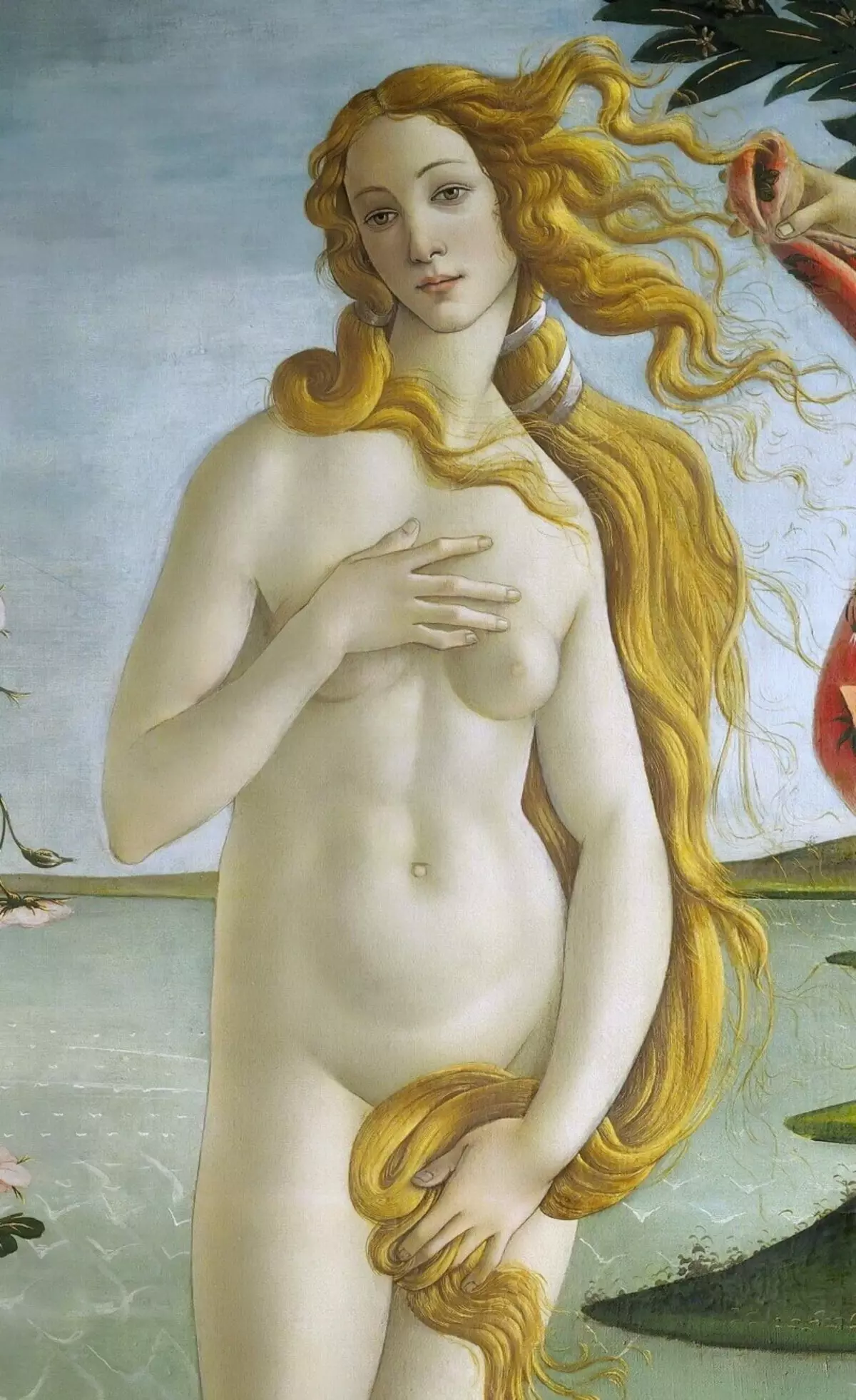
According to art historians, in the painting of Botticelli tried to show the cultural relationship of various eras. So, for example, the elegant body of the goddess indicates relationship with antiquity, reminding the ancient sculptures. But her gentle face closer to Christian times and images of Our Lady.
But the pose of the goddess, shamefully covered intimate parts of the body, Botticelli borrowed from an ancient sculpture. This silhouette is very similar to the "Venus Capitolian", which is given to the III-II centuries to our era. It is possible that the source of inspiration of the artist could be the Homeric anthem dedicated to the goddess.
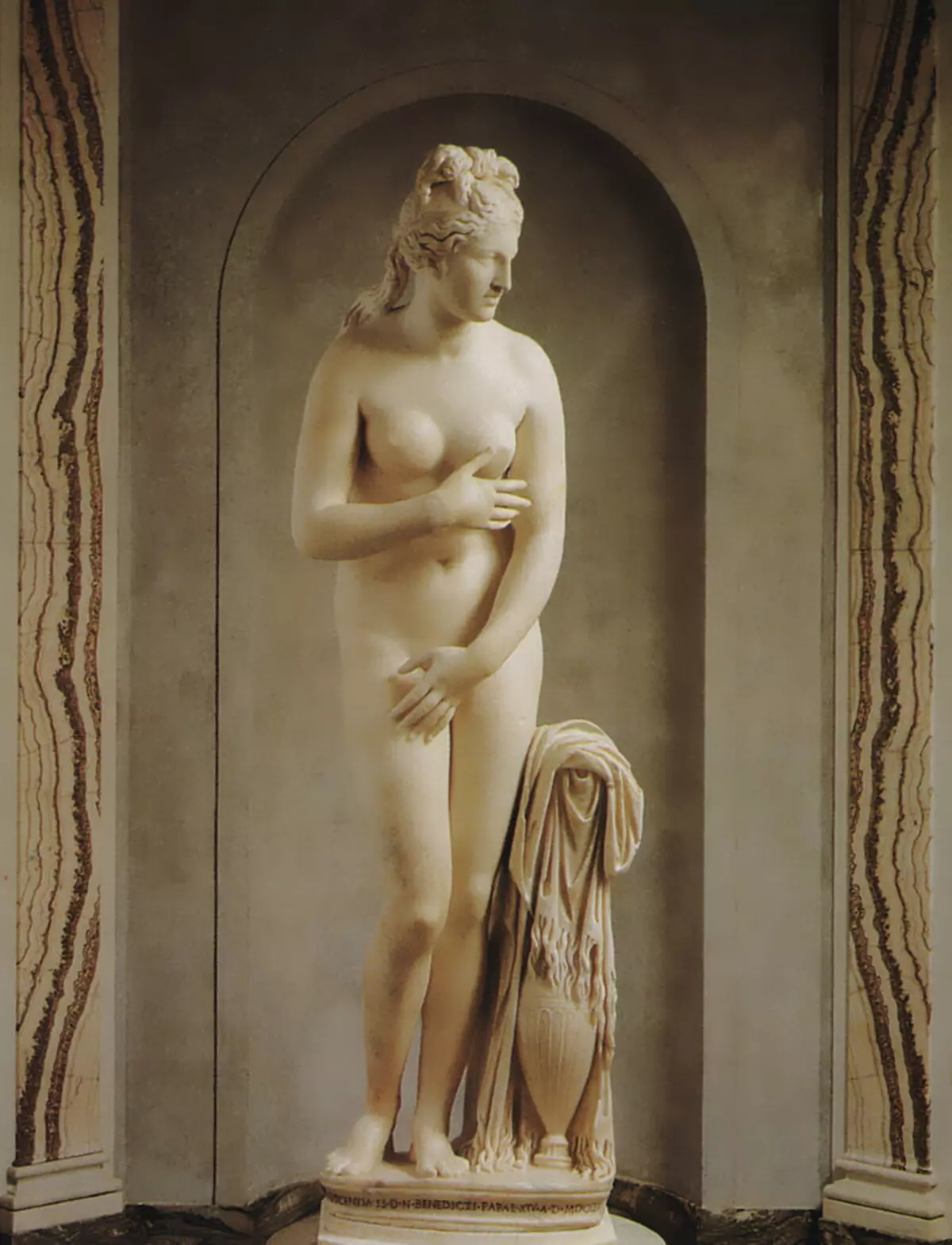
Other characters paintings
I confess, I really like to consider paintings in detail, where, in addition to the main image, there are secondary heroes. In the picture of the Birth of Venus, they should pay special attention to them.
On the right side of the canvas is Ora Tallo, the heavenly gatekeeper, which is at the entrance to Olympus. She squeezes in the hands of a raincoat, in which Venus is about to come.
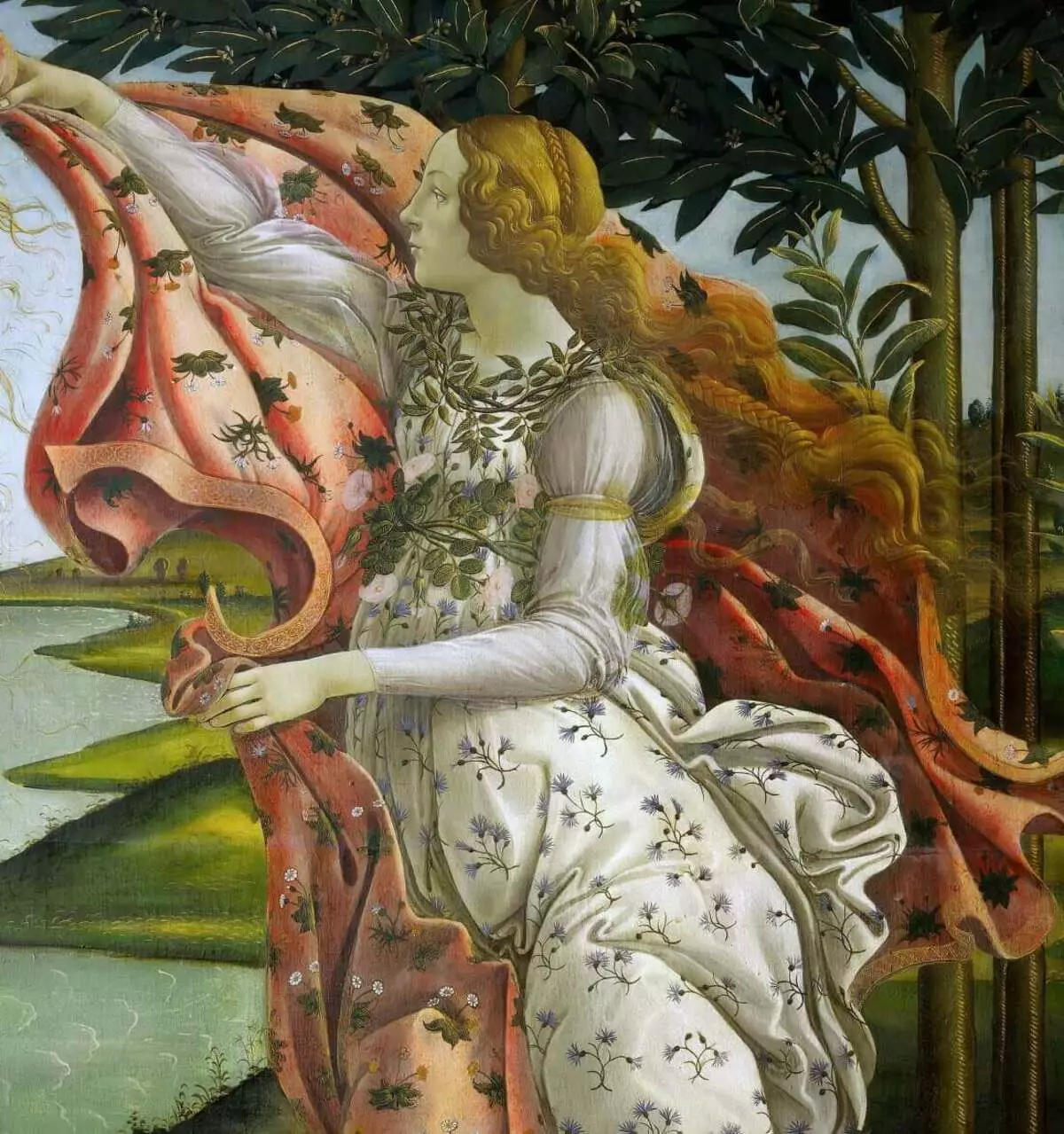
The left side of the picture shows us a divine pair. This is the God of Warm Wind Marshmallow and His Spouse, Goddess Plants and Flora Flowers.
As described in Greek myths, Marshmallow was able to give life to everything that concerned. His appearance was associated with the arrival of spring and flourishing.
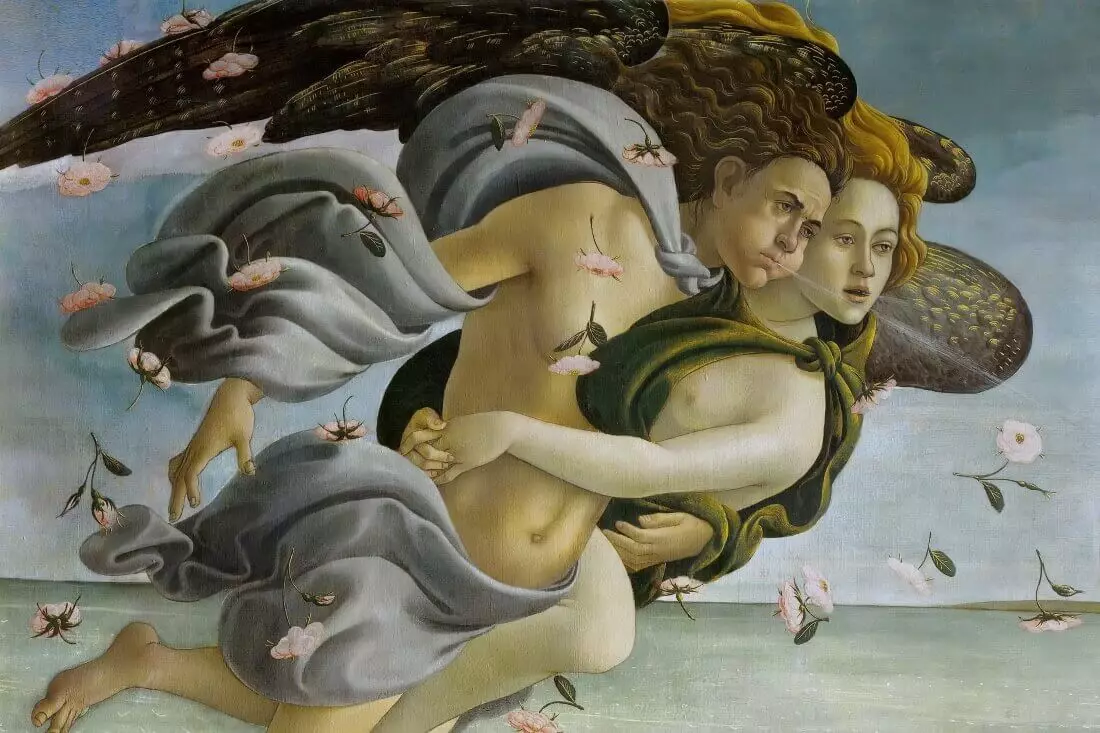
"Birth of Venus" Sandro Botticelli is a unique picture in many senses. Not only the skill and beauty of the canvas became special. This work in Tuscany was the first creation of a painter on canvas. Before the artists wrote on wooden panels. Alas, the master himself did not live up to the time when his work saw the public, and the canvas about the appearance of the Goddess of Love became one of the most famous world masterpieces.
